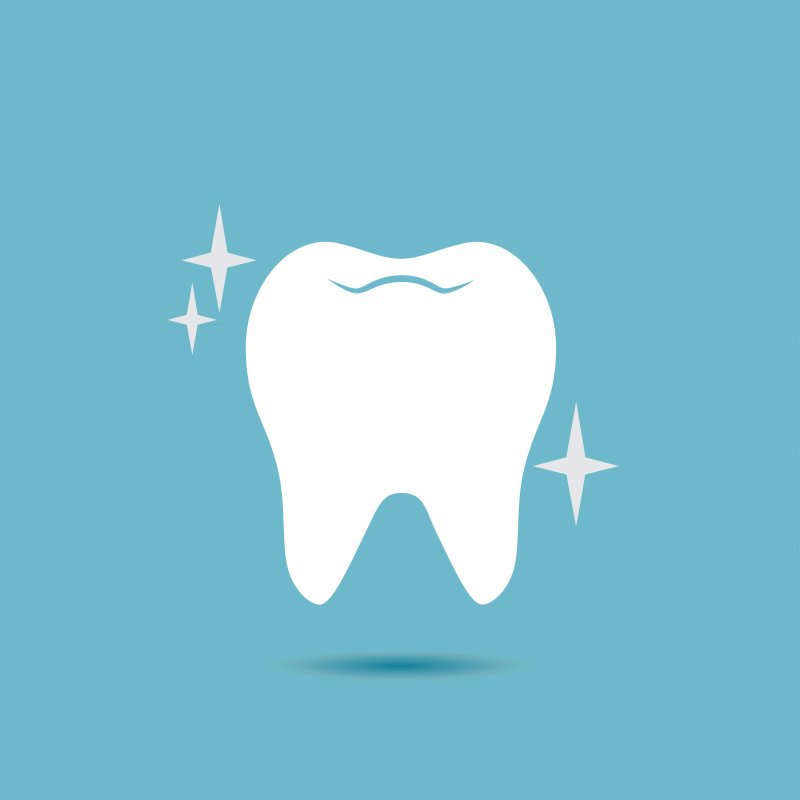
Everyone wants their kids to be safe, but they have a way of getting into trouble. While contact sports and roughhousing can be good clean fun, sometimes accidents happen. When your child knocks out a tooth, it can be a harrowing experience. No one wants it to happen, but it’s best to be prepared in case it does. Here are some tips on how to be ready to get your child care for a dislodged tooth.
A Tooth is Knocked Out. Now What?
After knocking out a tooth, your kid is probably hurt and scared. The first thing a child needs in this situation is empathy and comfort, but you’ll also need to move quickly to secure the tooth. If the tooth is permanent, there is a good chance it can be reimplanted. Call a dentist immediately.
Here are some pointers on handling a dislodged tooth on the way to the dentist:
- Hold the tooth by the crown; avoid the roots. You want to leave the root tissues alone as much as possible.
- Check to make sure the tooth is completely intact.
- If dirty, clean the tooth briefly in a bowl of lukewarm tap water. Running water can traumatize the root tissues that need to be kept alive for reimplantation.
- Do not carry the tooth in a cloth, as it can be harsh on the root tissue.
- If you can, reinsert the tooth into the socket. Have the child bite down on gauze or a moist paper towel. Try to keep your child’s jaw firmly shut on the way to the dentist.
- If storing the tooth in the socket isn’t working, store it in the cheek, a small container of saliva, or a cup of cold milk. Pharmacies have over-the-counter solutions.
- Immediately get to the dentist. If the dentist is closed, go to the emergency room.
Can the Tooth Be Repaired?
Though baby teeth are naturally lost around ages six, seven, or eight, premature loss can lead to overcrowding, crooked teeth, and issues with eating. As the remaining teeth shift into the empty space, they can get in the way of mature teeth trying to grow in. A lost baby tooth will most likely require a space maintainer, a metal device placed in the empty spot to keep room for incoming permanent teeth.
A dentist can likely successfully reimplant a dislodged permanent tooth if it is intact. The tooth will be splinted to the teeth adjacent to the socket with metal wire. The ligaments that connect the jawbone to the tooth should regrow. After the tooth is securely reattached, the dentist will remove the splint.
If a permanent tooth cannot be saved, a dentist will usually suggest a bridge. A bridge is an artificial tooth mounted on the adjacent teeth. Both require proper oral hygiene to maintain.
While your child losing a tooth by injury is undoubtedly a stressful experience, there are real solutions that can save the kid’s smile. Knowing what to do and being prepared for the situation can help get everyone through the ordeal smoothly.
About the Practice
Elmbrook Family Dental is dedicated to serving families with the best of oral health care in Brookfield, WI. The team of seven dentists brings a wealth of experience and a variety of specialized skills to the practice. Providing services in preventive dentistry, restorative dentistry, cosmetic dentistry, and emergency dental care, the team is prepared to go the distance for your oral health. If you need immediate help for a dislodged tooth or other dental emergency, contact the office online or dial (262) 784-7201.
